The incredible Hydrasynth gets more affordable with this compact keyboard. Greg Scarth explains why it might be one of the best new synths of recent years.
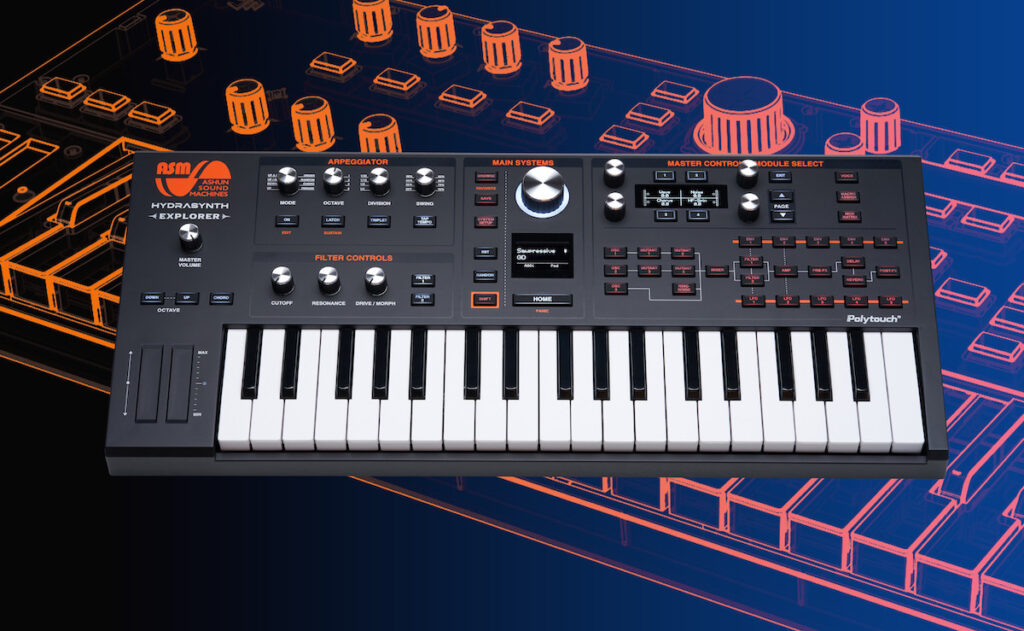
The original ASM Hydrasynth is a brilliant instrument, but it’s certainly not cheap. That version, now officially known as the Hydrasynth Keyboard, impressed us massively when it arrived in late 2020. The combination of versatile digital synthesis and polyphonic aftertouch make it a truly special synth, surpassed only by the recent introduction of the more powerful Hydrasynth Deluxe model. The two bigger models are now joined by a smaller version, the ASM Hydrasynth Explorer. It’s a cheaper, simpler model, but in its own way it might just be the most impressive of them all.
The Explorer’s trick is that it retains what the original model does best while bringing the whole package down to a much more accessible format. The Explorer isn’t likely to be a rival to its bigger brothers; if you’re in the market for a megasynth like the Hydrasynth Keyboard and you’ve got the best part of £1,000 to spend, you won’t be disappointed by the bigger model (or the even more capable Deluxe). But the truth is that synths at that level are premium products, and the sub-£500 price tag of the Explorer brings it into far more attainable mid-market territory. We won’t focus too much on differences between the models here, but instead explain what makes the Explorer feel special as soon as you lay your hands on it.
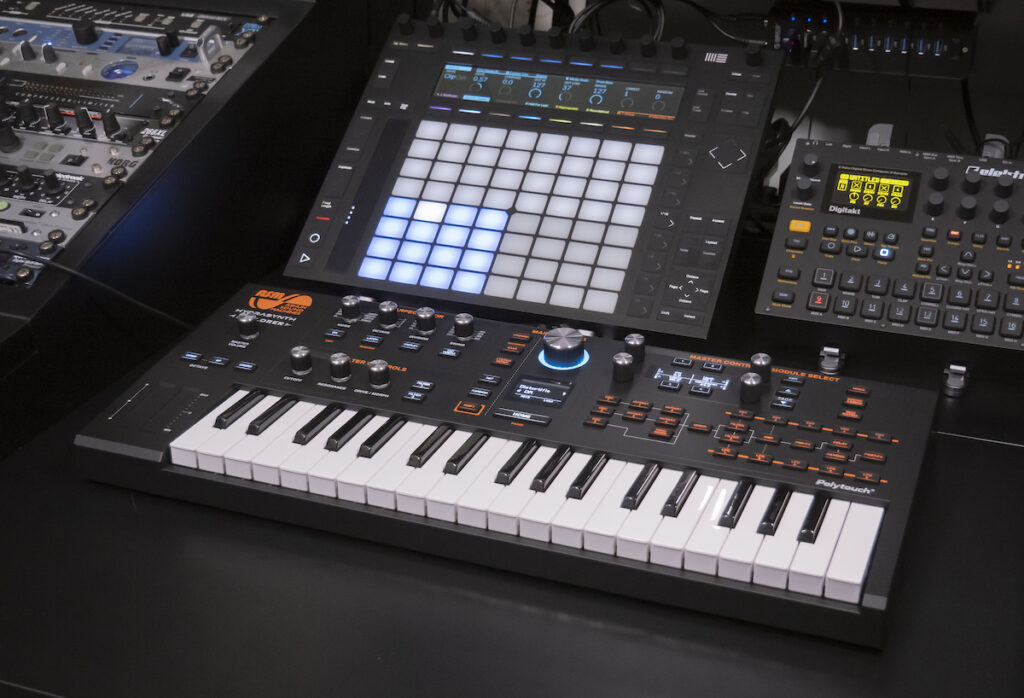
A couple of design features sum up the usability of the Explorer. It’s not often that you’re immediately drawn to the keybed itself, but ASM’s Polytouch keys are different. Almost all synth keyboards these days respond to velocity (i.e. the sound can vary if you hit a key harder) and some feature what’s known as channel aftertouch, meaning that applying more pressure with notes held down allows you to modulate their sound. Only a couple of dozen extremely high-end synth keyboards have ever featured the same kind of polyphonic aftertouch found on the Hydrasynths, where each note can be modulated independently by applying additional pressure while holding down keys. The only other synth on the market which can pull off the same trick is the £2,500 Waldorf Iridium. To say that polyphonic aftertouch on a £500 synth is special is something of an understatement. It’s a brilliantly expressive feature which immediately draws you in and makes you want to play. The Explorer features mid-sized, semi-weighted keys rather than the full size keys found on bigger models, but if you can accept that compromise then you’ll find the keyboard to be hugely impressive.

The second impressive area is the way the digital sound engine is implemented. Digital synthesis can sometimes seem sterile and boring, but that’s really not the case here. Looking to the right-hand side of the Explorer’s main panel, the ‘module select’ buttons form a schematic which details the signal path within, from three oscillators through two filters, pre-FX, delay, reverb and post-FX. The main two oscillators include a range of modes, from simple waveforms to ‘WaveScan’ wavetables and Mutant modes for more advanced synthesis techniques like frequency modulation, various types of pulse width modulation and phase shifting.
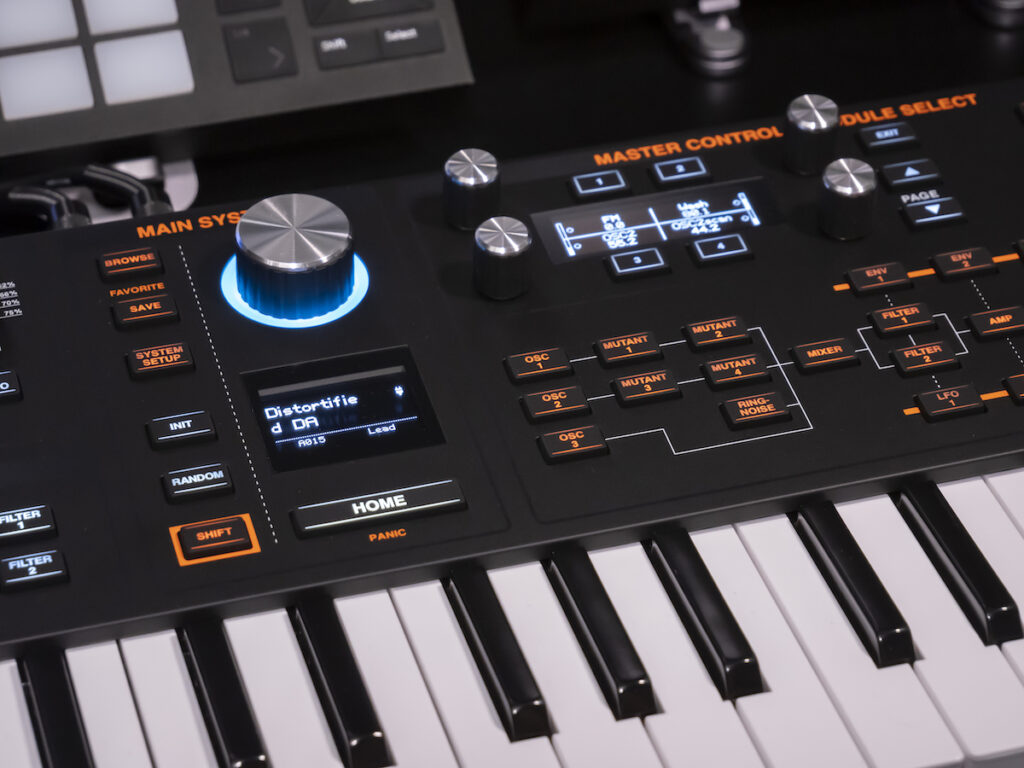
Neat little touches make it easy to navigate the sound design options, such as the ability to solo oscillators in the mixer section, the use of backlighting for visual feedback on the level of LFOs and envelopes, or the ribbon-style pitch and mod controls and dedicated filter knobs for quick access to key parameters. That’s accompanied by clear displays, logical layouts without too much menu-diving and good implementation of more complex options like modulation routing. However, for all the focus on the Explorer’s user-friendliness, it shouldn’t go unmentioned that the sound quality is absolutely top drawer. There’s a clarity and depth to the sound which is truly impressive, whether you want to push it into conventional virtual analogue territory for big, fat, retro basslines, or explore the deeper modulation options for sci-fi techno futurism.
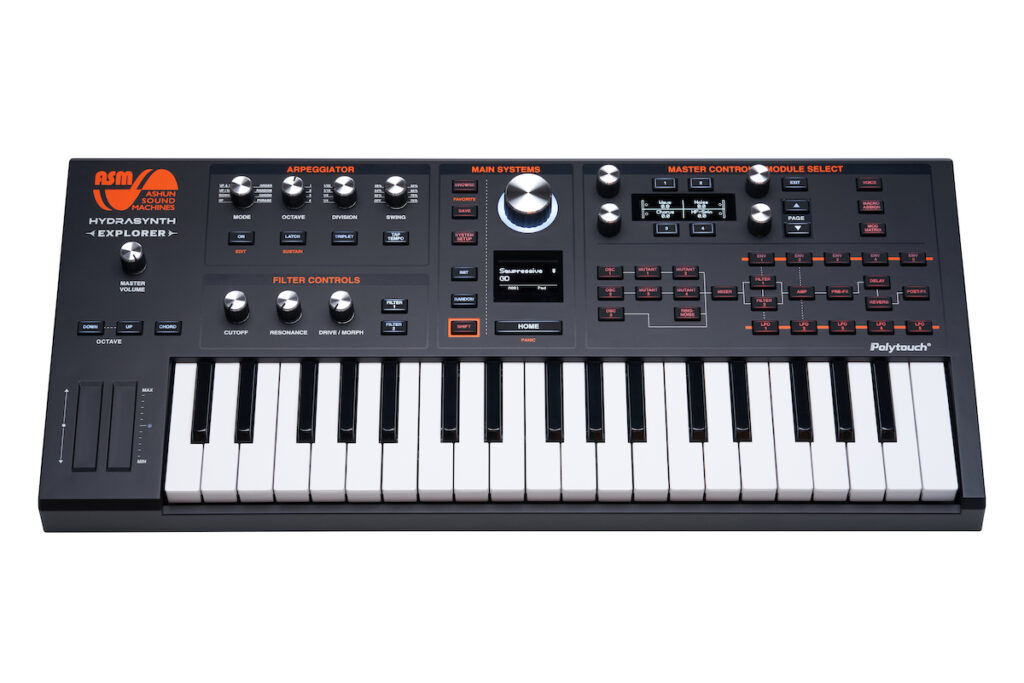
A number of the factory presets make cheeky references to Blade Runner, the soundtrack of which was created by Vangelis and heavily featured the legendary Yamaha CS80 keyboard. A second-hand CS80 would today set you back anywhere from £50,000 to £100,000 depending on condition. Comparing the £500 Explorer to a CS80 is, at face value, slightly ridiculous, but load up one of those Vangelis-inspired presets and you’ll be drawn in to the lushness of the sound, the hands-on expression of the keybed and the ease with which you can twist and warp the sound into new directions.
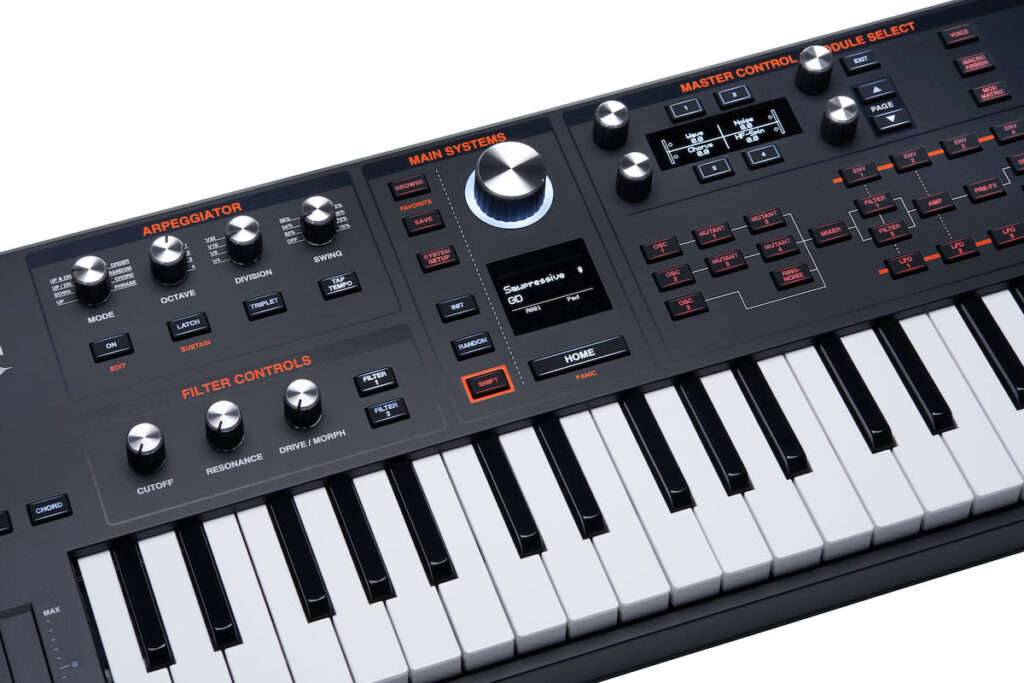
Understandably, the hardware spec is a little more modest than the high-end Hydrasynths, but the Explorer manages to refine the essence of the range into a smaller, cheaper unit which feels like it should work just as well in a live setting as it does in the studio. At a little under £490, the Explorer is a rival to some big hitters like the Korg Minilogue XD and Wavestate, or the Modal Electronics Argon8. In practice it feels very different to any of them. What makes the Explorer feel special is the way it draws you in and makes you want to play it. The Explorer feels much more expensive than it is, from that killer Polytouch keybed through to the user-friendly feature set and the sound itself. At this price point, the Explorer feels like one of the most exciting new synth releases of recent years.
Greg Scarth
More info/buy